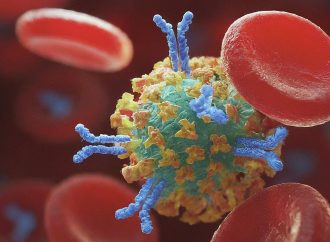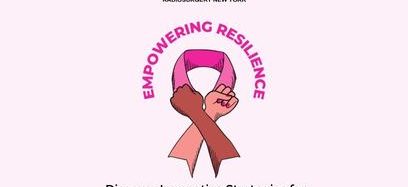Introduction: The Golden State, famous for its flourishing wine sector, is currently confronting an intense dry spell which is endangering wine manufacturing. The absence of water is resulting in serious obstacles for grape farms and wine producers all over the area. The continuous water shortage has sparked worries regarding possible water limitations that may have
Introduction:
The Golden State, famous for its flourishing wine sector, is currently confronting an intense dry spell which is endangering wine manufacturing. The absence of water is resulting in serious obstacles for grape farms and wine producers all over the area. The continuous water shortage has sparked worries regarding possible water limitations that may have a substantial effect on wine-growing regions and the overall wine manufacturing within the state. Within this piece, we will investigate the dry spell within California. Additionally, we will talk about the possible effects on wine manufacturing, the chance of water limitations, the obstacles vineyards confront, and the likely impacts on the wine trade.
The Drought Crisis in California:
California has been dealing with with an extended period of dryness, with successive years of inadequate precipitation. Consequently, empty water storage facilities, diminished snow cover in the alpine regions. It has additionally experienced a comprehensive decrease in availability of water. The business of producing wine, that heavily depends on water for watering crops, is especially susceptible to the impacts of the dry spell. Insufficient precipitation and water supplies constitutes a substantial hazard to grape farms and their capability to support robust grapevines. Consequently, growers and agriculturists need to discover substitute techniques for watering and fluid regulation to secure the existence and efficiency of their vegetation.

Photo by Klara Kulikova on Unsplash
Impacts on Wine Production:
The dry spell is capable of have an effect on wine manufacturing in several ways. Limited water supply could cause decreased grape production, reduced grape dimensions, and diminished grape superiority. Insufficient water can also influence the ripening schedule of grapes. These may potentially lead to a premature harvest and change the flavor composition of the produced wines. Moreover, dehydration affecting the grapevines may undermine the vine’s resistance to withstand pests and diseases. These extra endangers the well-being and output of wine-growing areas.
Water Restrictions and Vineyards:
Given the drought endures, the chance for water limitations hovers above vineyards in the state of California. Limits on water might include restrictions on water usage. These might involve decreases in the allotment of water and tighter controls regarding water control methods. Grape growers and vintners must closely observe and control their water consumption to adhere to these possible limitations. Nevertheless, it is crucial to observe that such limitations might differ in accordance with the designated locality and the water supply. These limitations might present major obstacles in the wine industry already dealing with hardships as a result of water insufficiency.
Challenges Faced by the Wine Industry:
The grape industry within the state of California encounters multiple difficulties because of the dry spell and possible limitations on water usage. Grape growers and vintners need to navigate the fine equilibrium of giving enough water to maintain grapevine health and the excellence of the grapes. Additionally, they must comply with to potential water regulations. It demands thorough water supervision methods. Adopting effective watering methods and giving preference to the utilization of water during vital phases in the growth of grapes are vital.
Potential Consequences for Wine Production:
Possible outcomes caused by the lack of rain along with controls on water consumption influencing the wine-making industry have significant consequences. Decreased grape harvest and decreased grape condition can result in reduced wine yield. These can potentially lead with limited availability of specific wines and higher price levels. The image of The reputation of wines from California may also be influenced if the wines’ quality and consistency are put at risk owing to the limited water supply. Moreover, the financial consequences on individuals who own vineyards, produce wine, and the entire wine industry can be noteworthy should production levels decrease. The possible decrease of income and employment will be a significant worry for individuals participating in this domain.
Conclusion:
The current water shortage across California represents a significant peril for the wine-making industry. Possible water limitations intensify the obstacles encountered by grape farms. The effects on grape production, the excellence of grapes, and the entire wine sector emphasize the importance of tackling the challenge of water scarcity. Nevertheless, seeking long-term remedies and putting into action optimal water handling techniques can assist in alleviating these problems. Eco-friendly water management practices, Cutting-edge irrigation techniques, and Ongoing research and development are crucial to address the risks and maintain the long-term feasibility in California’s wine sector. Nevertheless, it is crucial to understand that these initiatives must be carried out in such a manner that does not weaken the excellence and flavor of the grape drink.





















Leave a Comment
Your email address will not be published. Required fields are marked with *